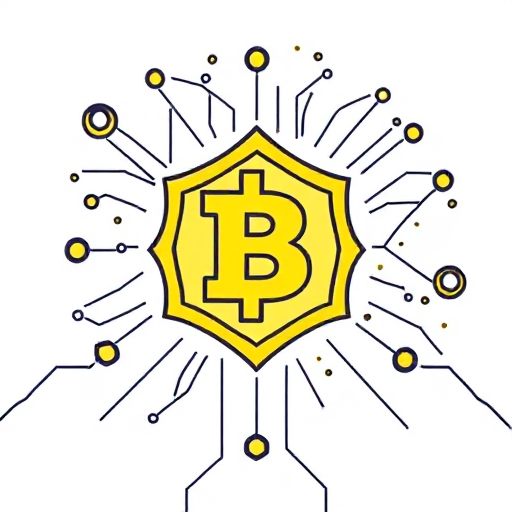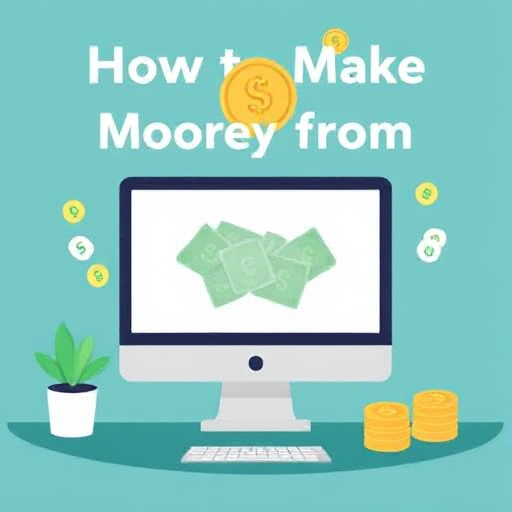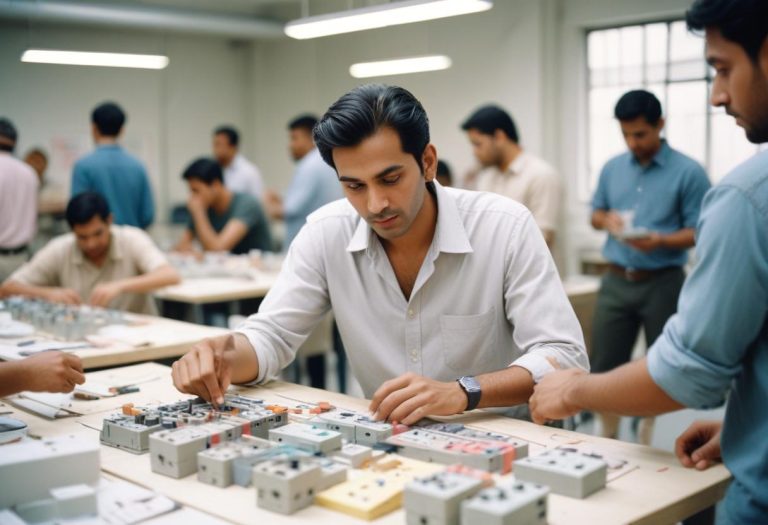
Blockchain technology has rapidly evolved from being the foundation of cryptocurrencies like Bitcoin to becoming a transformative technology across various industries such as finance, healthcare, supply chain, and even entertainment. Learning blockchain technology can open doors to innovative career opportunities and equip you with the tools to participate in shaping the future of digital interactions. This guide outlines a step-by-step approach to understanding and mastering blockchain technology.
1. Understand the Basics of Blockchain
Before diving deep into blockchain development or applications, it’s crucial to grasp the foundational concepts:
- What is Blockchain? A blockchain is a decentralized, distributed ledger that records transactions across multiple nodes in a secure and immutable manner.
- Key Features:
- Decentralization
- Transparency
- Immutability
- Security
- Components of Blockchain:
- Blocks (data storage units)
- Nodes (participants in the network)
- Cryptographic hashing
Resources:
- Beginner-friendly books such as “Blockchain Basics” by Daniel Drescher.
- Online articles and videos explaining blockchain concepts.
2. Familiarize Yourself with Cryptography and Networking
Blockchain heavily relies on cryptography and peer-to-peer networking. Key areas to focus on include:
- Cryptographic Concepts:
- Public and private keys
- Hash functions
- Digital signatures
- Networking Concepts:
- Peer-to-peer architecture
- Consensus mechanisms (e.g., Proof of Work, Proof of Stake)
Resources:
- Cryptography courses on platforms like Coursera or edX.
- Networking tutorials and books, such as “Computer Networking: Principles, Protocols, and Practice.”
3. Explore Blockchain Platforms
To build or interact with blockchain applications, you need to understand popular blockchain platforms:
- Bitcoin: Learn how Bitcoin works as the first blockchain-based cryptocurrency.
- Ethereum: Explore Ethereum’s smart contract capabilities and its role in decentralized applications (dApps).
- Other Platforms: Familiarize yourself with platforms like Hyperledger, Polkadot, and Solana.
Resources:
- Ethereum’s official documentation.
- Hands-on tutorials for deploying smart contracts on platforms like Remix or Truffle.
4. Learn Blockchain Programming
Programming skills are essential for blockchain development. Start with the basics and gradually delve into blockchain-specific languages:
- Programming Languages:
- Learn Python or JavaScript for general understanding.
- Master Solidity for Ethereum smart contracts.
- Development Tools:
- Remix IDE for Solidity development.
- Ganache and Hardhat for testing and deploying.
- Concepts to Understand:
- Smart contracts
- Decentralized applications (dApps)
- Token standards (e.g., ERC-20, ERC-721)
Resources:
- Codecademy or freeCodeCamp for beginner coding courses.
- Udemy courses on Solidity programming.
5. Dive into Blockchain Use Cases
Understanding how blockchain is applied across industries can inspire you and solidify your knowledge:
- Finance: Cryptocurrency, decentralized finance (DeFi), and remittances.
- Supply Chain: Transparency and traceability.
- Healthcare: Secure sharing of medical records.
- Entertainment: Non-fungible tokens (NFTs) and royalty tracking.
Resources:
- Case studies from IBM’s blockchain solutions.
- Research papers and industry reports on blockchain adoption.
6. Participate in Blockchain Communities and Projects
Engaging with the blockchain community can provide practical insights and networking opportunities:
- Join Forums:
- Reddit (e.g., r/blockchain, r/cryptocurrency)
- Stack Exchange for blockchain-related questions.
- Contribute to Open-Source Projects:
- Explore repositories on GitHub.
- Participate in hackathons or bounty programs.
7. Obtain Certifications
Certifications can validate your knowledge and improve your credibility in the job market:
- Popular Blockchain Certifications:
- Certified Blockchain Developer by Blockchain Council.
- Ethereum Developer Certification by ConsenSys Academy.
- Academic Options:
- Specialized degrees or courses from institutions like MIT, Stanford, or online platforms.
8. Build a Portfolio
A strong portfolio showcases your skills and projects to potential employers or clients:
- Start Small: Create a simple cryptocurrency or deploy a basic smart contract.
- Real-World Applications: Develop dApps or contribute to real-world blockchain projects.
- Document Your Work: Share your projects on GitHub and write blogs about your learning process.
9. Stay Updated
Blockchain technology evolves rapidly, so staying informed is critical:
- Follow News:
- Subscribe to blockchain news platforms like CoinDesk or CoinTelegraph.
- Monitor updates on GitHub for platforms you’re interested in.
- Attend Events:
- Blockchain conferences and webinars.
- Local meetups and networking events.
10. Explore Career Opportunities
Once you’ve gained substantial knowledge, consider pursuing a career in blockchain:
- Roles to Explore:
- Blockchain Developer
- Smart Contract Engineer
- Blockchain Architect
- Consultant or Analyst
- Job Platforms:
- Websites like LinkedIn, AngelList, and CryptoJobs.
- Freelancing platforms such as Upwork or Toptal.
Learning blockchain technology is a journey that requires dedication, curiosity, and hands-on practice. Start with the basics, gradually build your technical skills, and actively engage with the blockchain community. By staying committed to your learning path and continuously exploring new developments, you can position yourself at the forefront of this exciting technological revolution.






